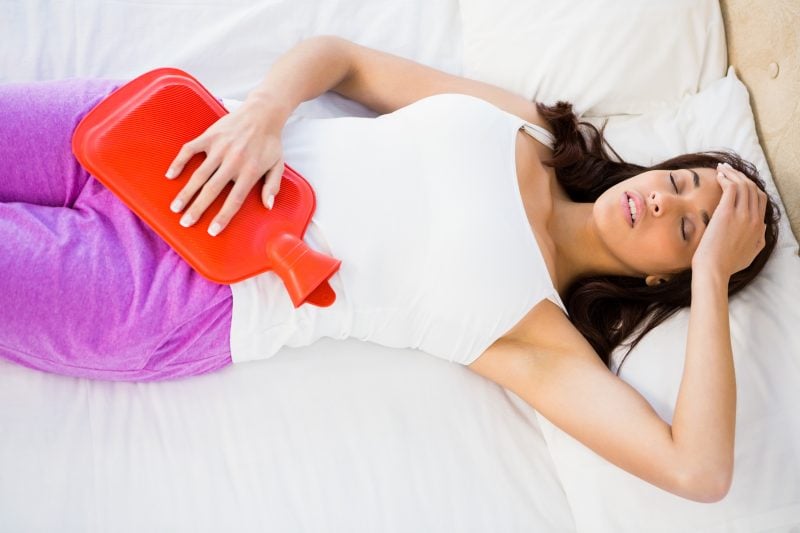
What Causes Endometriosis?
By jaclynU in Clinical Research Studies,Uncategorized
Understanding Endometriosis
According to The Office on Women’s Health, Endometriosis happens when tissue similar to the lining of the uterus (womb) grows outside of the uterus. It may affect more than 11% of American women between 15 and 44.1 It is especially common among women in their 30s and 40s and may make it harder to get pregnant. Several different treatment options can help manage the symptoms and improve your chances of getting pregnant.
Symptoms of Endometriosis
The exact cause of Endometriosis has not yet been identified. As such, looking out for the signs and symptoms is important. Some of the symptoms of this condition can include:
- Pain, including severe menstrual cramps, pelvic pain and/or lower back pain, and pain during sex
- Heavy menstrual bleeding, and/or periods that last more than 7 days
- Bowel and urinary issues
- Bloody stool or urine
- Fatigue
- Nausea and/or vomiting
- Spotting and bleeding between periods
- Infertility
- Ovarian cysts
- Inflammation
Endometriosis Treatment
While there is no easy cure for this condition, there are ways to manage the pain and live a normal, healthy life. Some of the treatment for this condition include pain management, surgery, holistic therapy and taking part in a clinical trial for Endometriosis.
Pain Management for Endometriosis
Most women who suffer from Endometriosis are able to manage their pain and even go on to have healthy pregnancies and bear children.
Pain Medication
Over the counter anti-inflammatory drugs, such as Advil or Motrin, can be an effective means of helping the pain associated with this condition. There are also prescription medications for more severe mensis pain. While this does not help treat the condition itself, it helps with the pain so that people are able to go about their normal, daily lives with more comfort.
Hormone Therapy
Birth control, Gonadotropin-releasing hormone (Gn-RH) agonists and antagonists, Medroxyprogesterone (Depo-Provera) or Danazol. Placement of an intrauterine device (IUD) may also be recommended as hormonal treatment, according to Medical News Today.
Surgery
Surgery can help by removing the areas of Endometriosis. However, in most cases, a hysterectomy and removal of both ovaries may be needed.
Holistic Therapy
There are many things people suffering from Endometriosis may be able to do at home to manage their symptoms. These can include such things as:
- Acupuncture
- Chiropractic
- Herbal medicine
- Avoiding caffeine
- Exercise
Endometriosis Clinical Trials
Since Endometriosis still has no cure, one of the ways someone suffering from it can receive care is by taking part in a clinical trial. Clinical trials offer the most cutting-edge treatments available, the newest medications developed by science and highly individualized medical care. Joining a clinical trial also helps advance the science and knowledge associated with Endometriosis, and you may even receive compensation for participating. If you or a loved one are interested in participating in an Endometriosis clinical trial, fill out the contact form.

Leave a Comment
You must be logged in to post a comment.